Installing medium voltage power cables underground comes with its own set of challenges. From an engineering standpoint, there are several factors one needs to consider before installing the cable. The most overlooked if not a well-understood factor is the type of power cable that’s required for the application and when to ground the cable’s neutral or tape-shield.
Power cable with concentric neutral
Take a look at Figure 1. This type of cable is used by the utilities for power distribution via underground raceways. It contains either the 1/3rd size neutral (relative to a phase conductor) when it is used for the three-phase supply or a full size neutral for single
When the concentric neutral in this cable is grounded at both ends, there is a possibility of circulating currents in the neutral wire (current flowing from one end to the other; then into the ground and back into the wire at the starting position). This can happen either due to unbalanced load currents, voltage induction from the stray magnetic field or due to a short-circuit involving a line-to-ground fault. In any case, this current-carrying neutral constitutes the fourth cable (in a 3-phase setup). When this setup is installed inside a conduit, derating the cable ampacity for the additional wire is necessary (to avoid thermal overload.)
Keep in mind, with three-phase conductors with 1/3rd neutral, the equivalent neutral would be 1/3 x 3 = 1 full
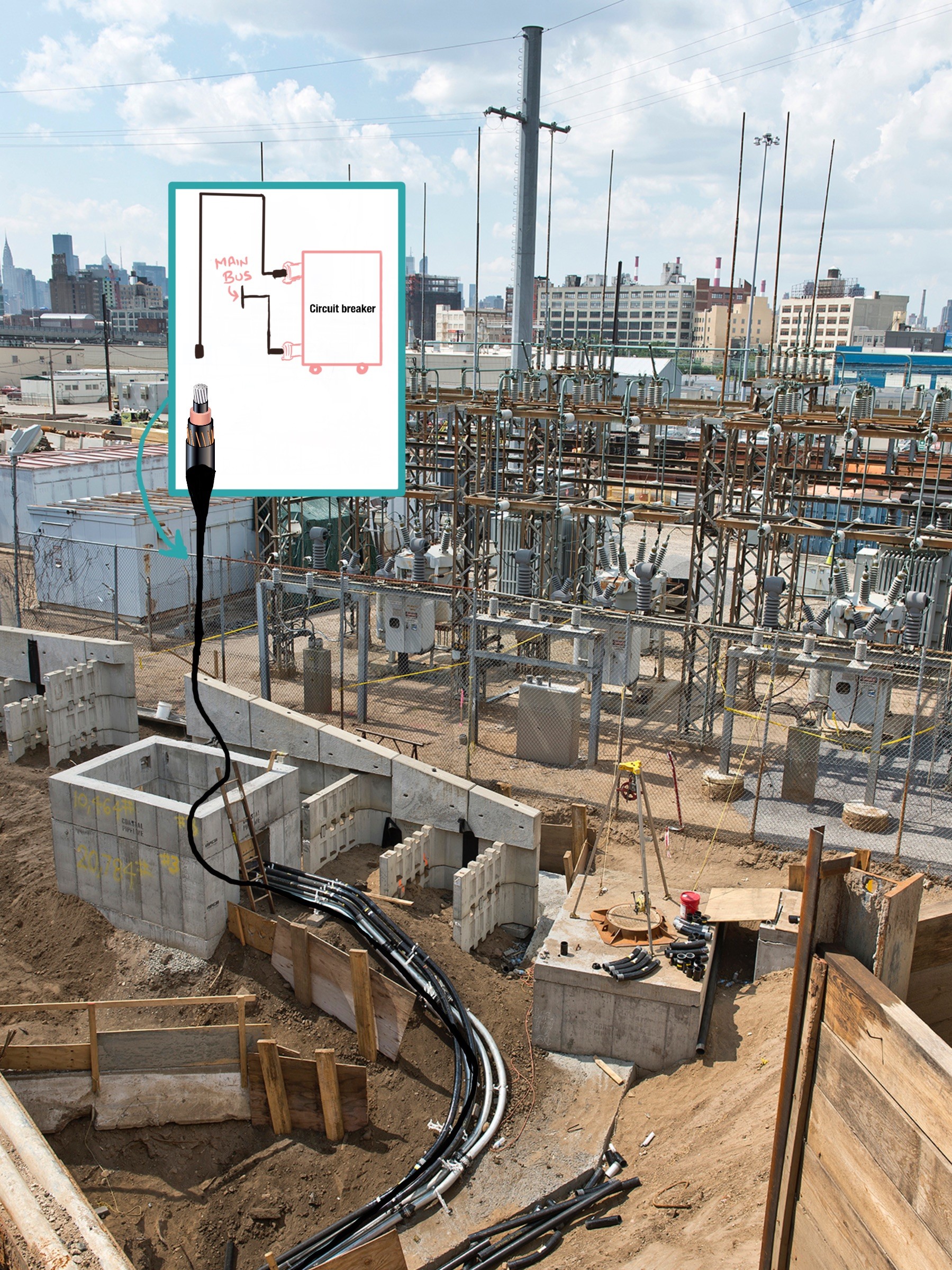
Power cable with tape-shield (no neutral)
Sometimes the concentric neutral conductor on top of the insulation is not required, typically when connecting the power transformer secondary to switchgear nearby or when supplying power to an industrial load (which predominantly contains three-phase loads). For this scenario, a cable without a neutral wire is used.
Figures 3 and 4 highlight a cable that has a tape-shield over the EPR insulation in place of a concentric neutral conductor. The tape is a thin sheet of copper that’s wrapped around the cable – enclosing it completely. This cable costs less (than ones with neutral) to manufacture.
Significance of tape-shield
You may be wondering, what’s the purpose of the tape-shield? The critical function of the tape is to evenly distribute the electric field generated by the voltage on the copper cable. With a damaged tape, the E-field is free to focus on the near-by grounded material. This concentrated field creates stress on the cable insulation. Furthermore, any imperfections in the EPR or XLPE insulation or moisture ingress allows the E-field to pick-apart the insulation, leading to premature cable failure.
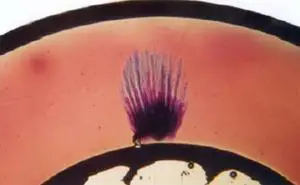
Damaged cable insulation due to electric field stress. Source: Cablab. 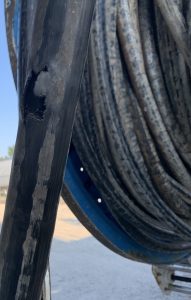
Blown cable jacket
Current carrying capability of tape-shield
Due to the thin gauge of the tape, it is not rated to carry any significant neutral current or short circuit current. Thus, to defeat any current from flowing, the tape shield is grounded at only one point in its entire run. Doing this presents its own issues.
In a long cable run, with the tape grounded at one end only, the voltage starts to build-up on the tape as you move to the other end of the cable. This presents a hazard to personnel working nearby.
Thus, to afford safety for people working near these cables, certain installations have the tape grounded at both ends. In this setup, to protect the tape-shield, a dedicated ground conductor is run with the three-phase conductors in the same conduit.
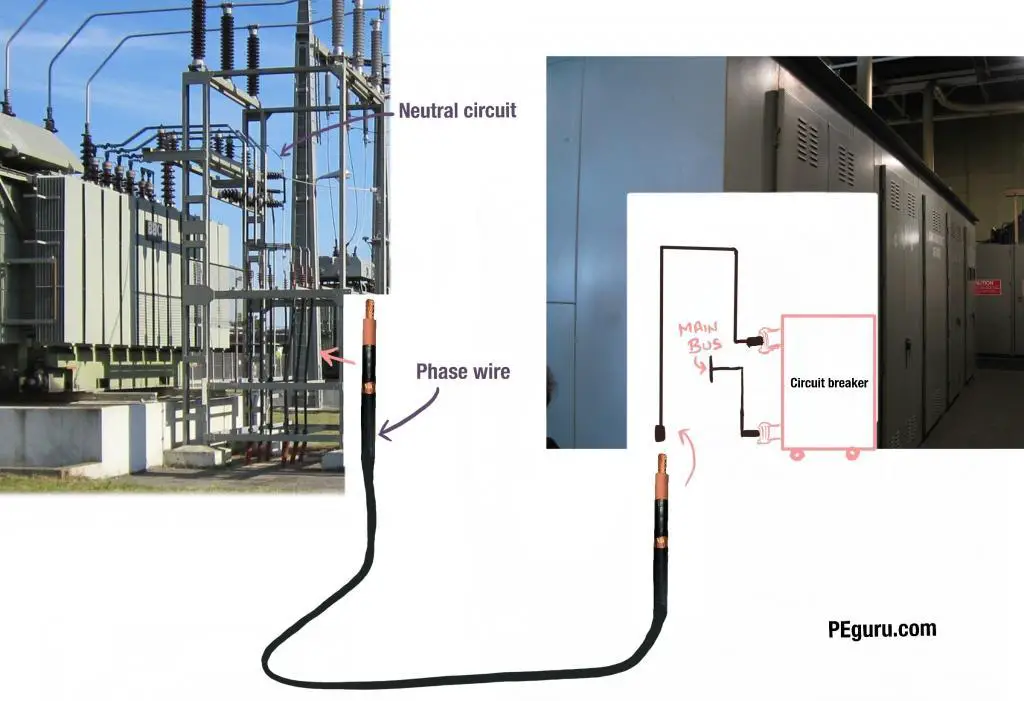
Summary
- For utility power distribution application: Use power cable with the concentric neutral conductor. Ground neutral at both ends and in manholes where the cable is spliced.
- For industrial power distribution application or small runs inside substation: Use power cable with tape shield. Ground tape shield at one end only.

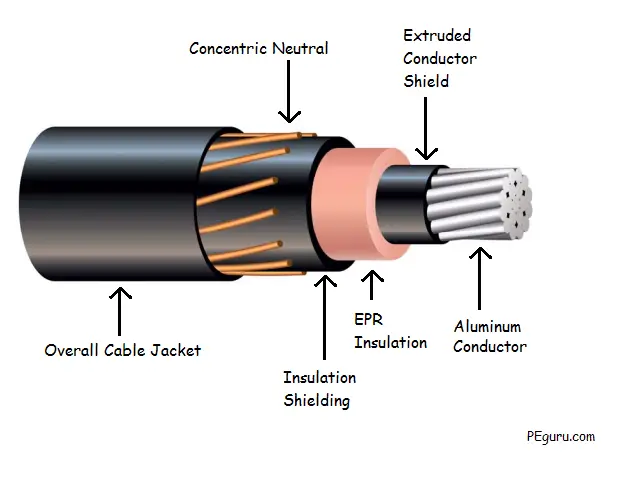
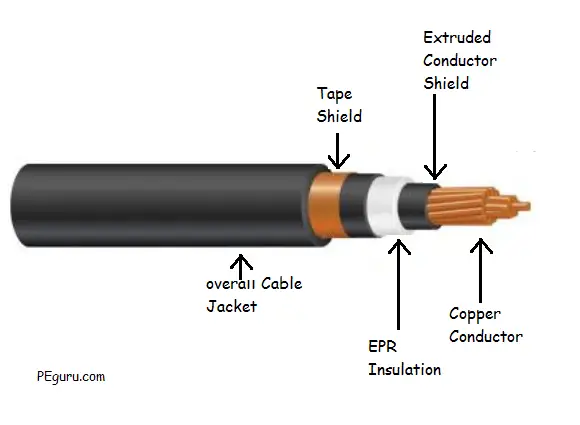
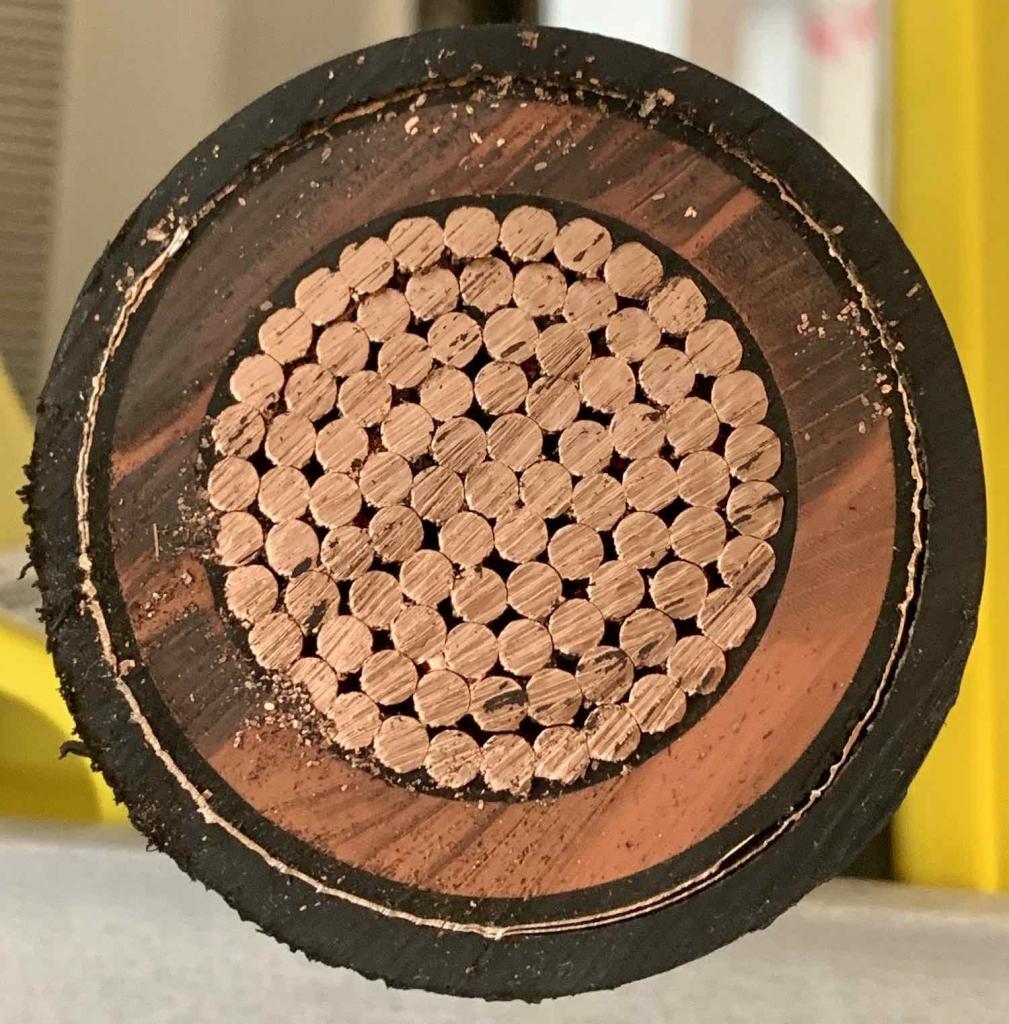
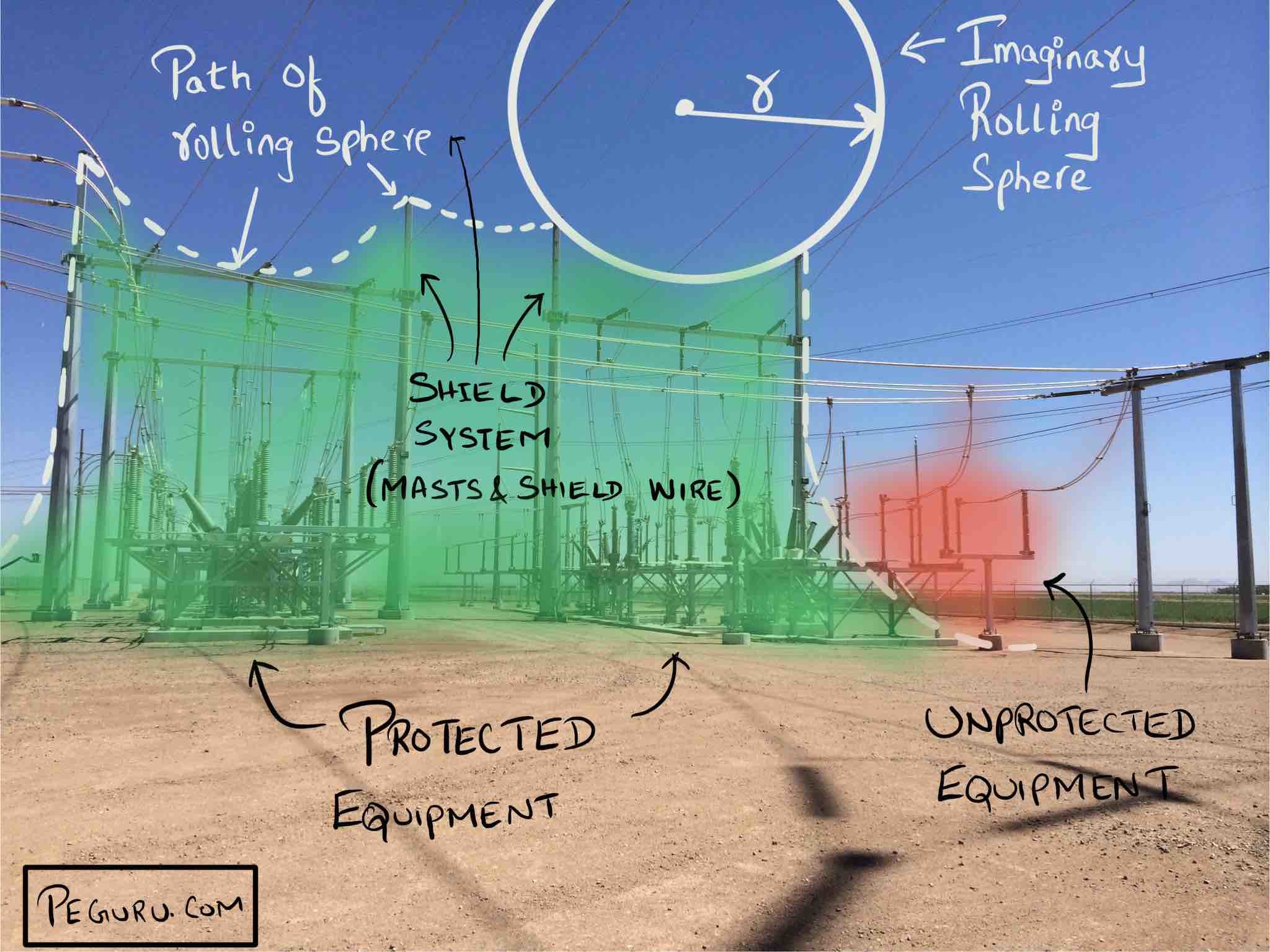
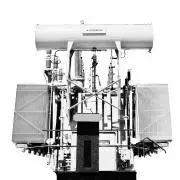
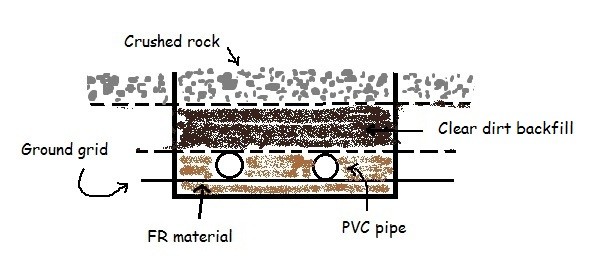
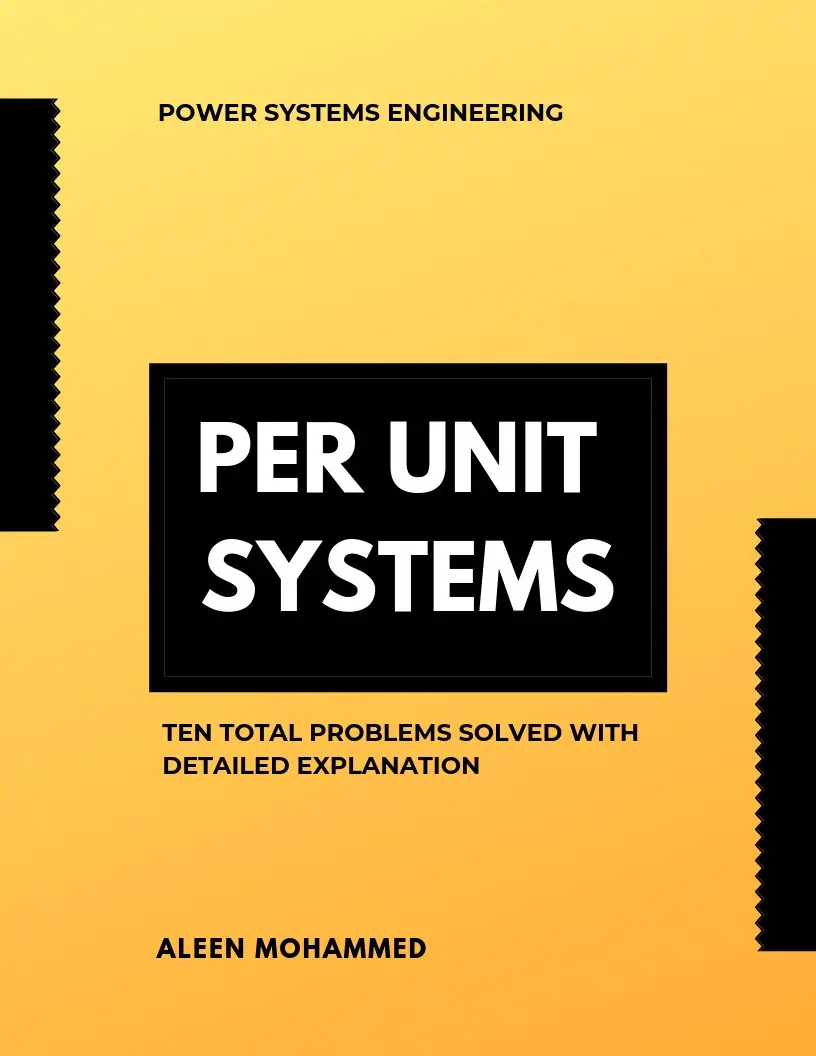


In our Thermal Power plant subcontractor changed special grounding cable type to other cable but material is same. Is that accepted or not
How is the concentric neutral conductor if connected at both ends not carrying the same current as the phase conductor.? If terminated at only one end as a tape shield would be, what is the potential on the tape shield relative to the ground or the phase conductor voltage.?
What is the current in the shield as a 1/3 neutral. A CT on the cable will read zero.
Unless you bring the neutrals out of each cable and tie them together. Now measure the neutral current using a clamp-on CT.
Thanks for sharing the valueable information Power Cable Neutral and System Grounding.Really it’s a great blog. For knowing more you can visit https://www.sterlitepower.com/
Please tell me , in a 33 kV OHL distribution system , if single core copper U/G cable are used for crossings with 1 no cu ground wire for earthing continuity, Should the cable end terminated at the crossing ends bonded on both sides in case 1. Cu Tape shield 2 . Copper concentric neutral and . Please explain the reasons , advantage and disadvantage.
Both ends are grounded for safety reasons. There is always a separate neutral for current carrying purposes.
It is SOOOO not that case that there is always a neutral, in fact with MV cable systems there is RARELY a neutral.
There is also rarely a reason to have a neutral. Most MV cable circuits are feeding 3 phase transformers with a delta winding. Running a neutral to those locations is a waste of copper/aluminum.
I think it was deliberate (not a misunderstanding). There are two feeders that come out of a substation (24.9kV) in concrete encased ducts. The cables are 750MCM CN and multi-point grounded – in every vault that they go through. At the substation end, the cable neutrals are bonded to the substation ground bus (and of-course the grounds in every vault). The last vault is about 2000 ft away and the the feeders go aerial after that. This separate 4/0 conductor is also terminated at the substation to the ground bus and to the ground inside the last vault (so I guess you could call it a ground conductor). But why would you need it if you have multi-point grounding of the cable neutrals??
We’re planning to extend the underground feeder and also add circuits…this existing setup is throwing me off a bit. Should we extend the ground/neutral with the feeder extension? Do we need to add extra ground conductor for new circuits?? It seems like a waste with CN cables. Unfortunately the engineer who installed the original system is not available any more to share his thought process.
Is there any reason to have a separate neutral conductor when your feeder is made of concentric neutral cables? I am looking at a feeder that is designed and constructed just like that.
Con Neutral Cable AND a separate neutral is indeed an odd duck. If you are SURE it is intended to be a neutral (and not a ground) then I can think of a couple of reaons why it might happen.
The first is that it is possible (Under the right conditions) for neutral curents to exceed the phase currents, and the Conn neutral might have been undersized by itself.
A second would be if (assuming the neutral is a MV cable) the 4 wire system was ungrounded or impedance grounded. In that case the neutral would also need to be insulated for medium voltage, and then the concentric “neutral”, just gets used as a ground.
A third option ( and IMO most likely) is that person A sees that this is a 4 wire circuit, and orders Con Neutral cable. Later Person B sees that this is a 4 wire circuit, and sees that Person A only ordered 3 cables, and so orders up a neutral as well.
Jim, if this has been the typical practice then how do you accommodate for the short circuit current in the (tape shielded) neutral? You will likely blow the cable jacket.
That is why there is a dedicated ground conductor in the pipe or race way. The only fault(s) for which having it grounded at both ends makes a real difference are load side ph G Faults, assuming a 3 ph circuit, you have 3xthe shiled + the dedicated ground to conduct those currents. For faults in the cable, you are blowing the jacket no matter what.
re your comments on tape shields “Since its sole purpose is to shield the cable and since it is not rated to carry the unbalanced neutral current or the short circuit current, it is grounded at one end of the cable only. ”
That is not the case. Typical practice is to bond the shiled at both ends.